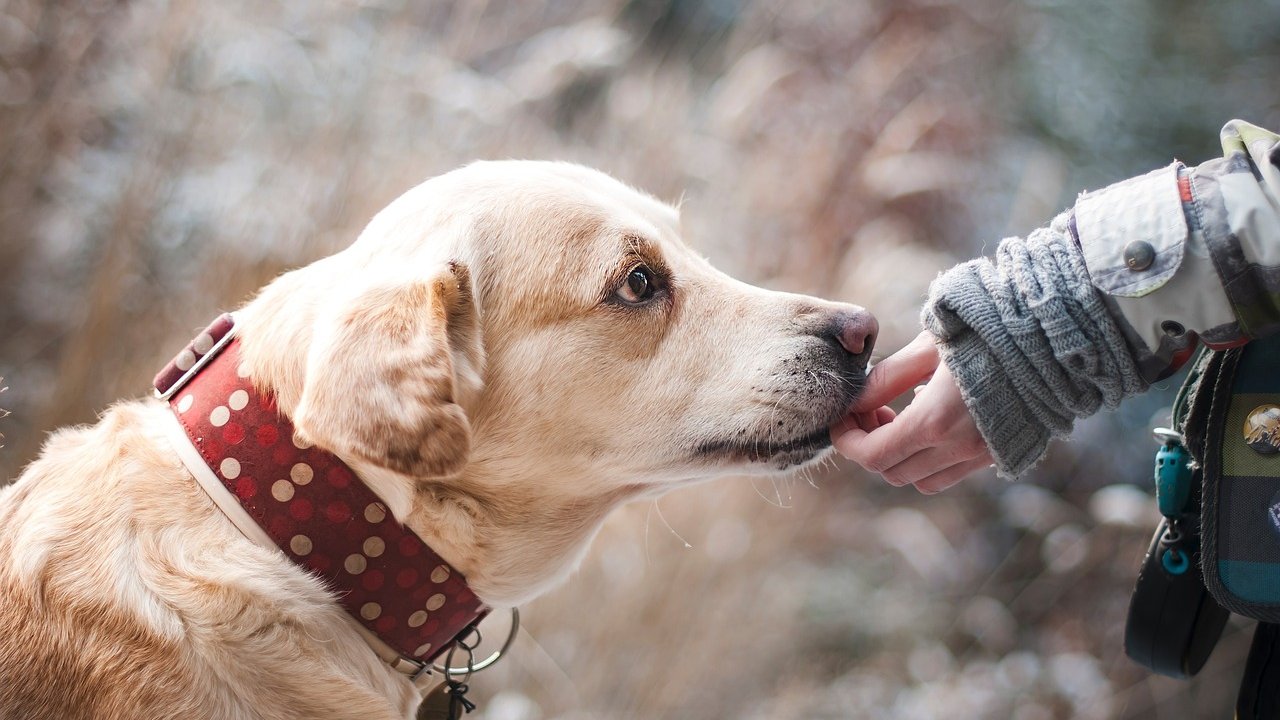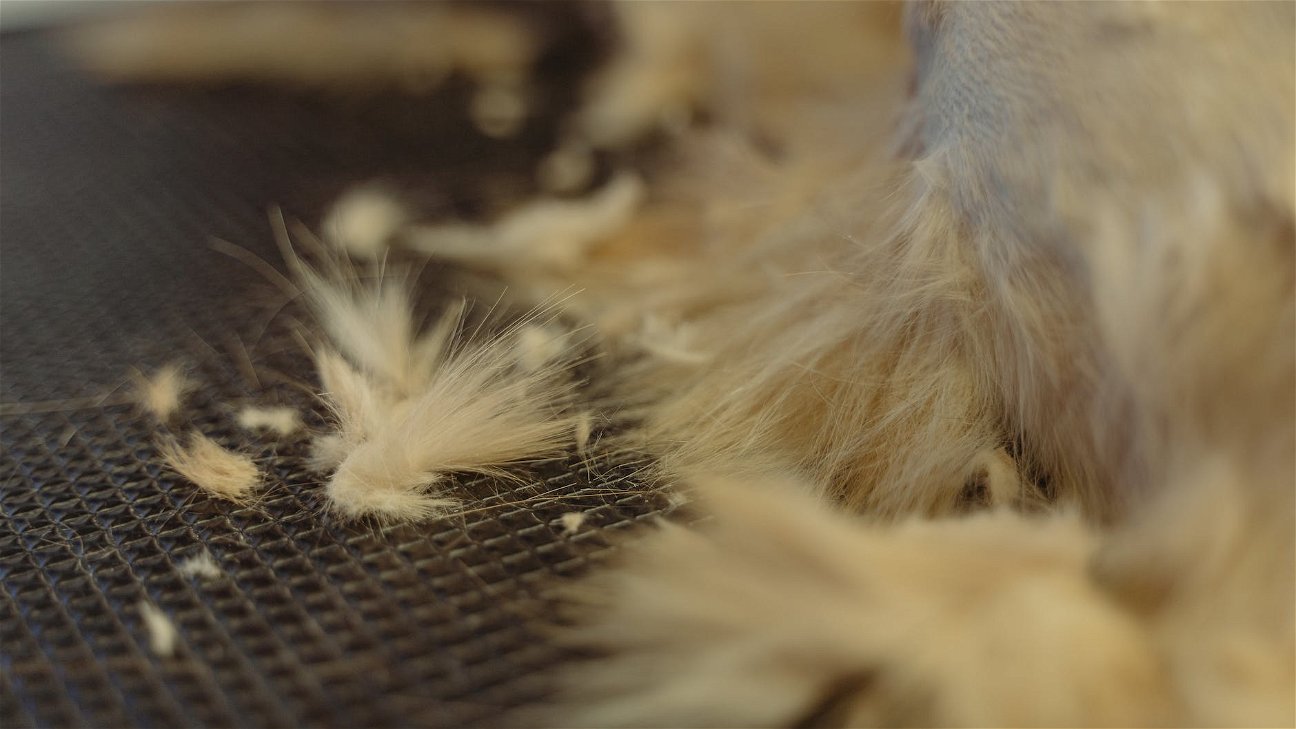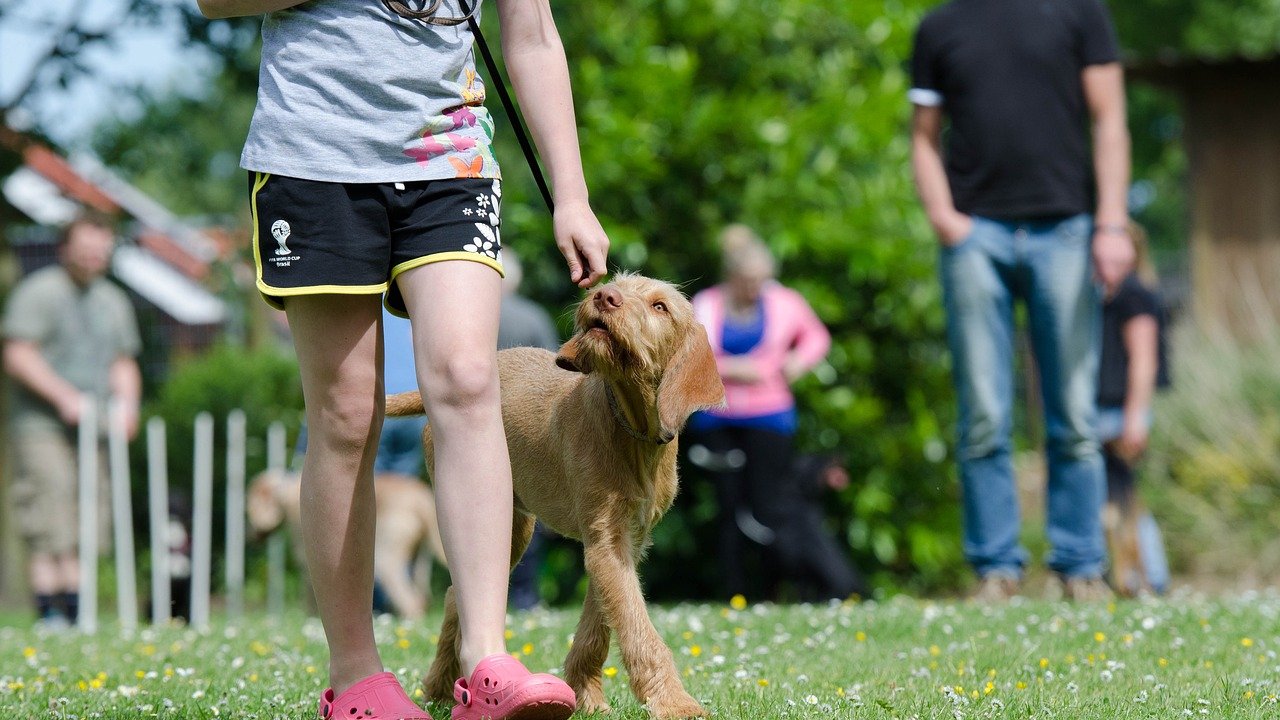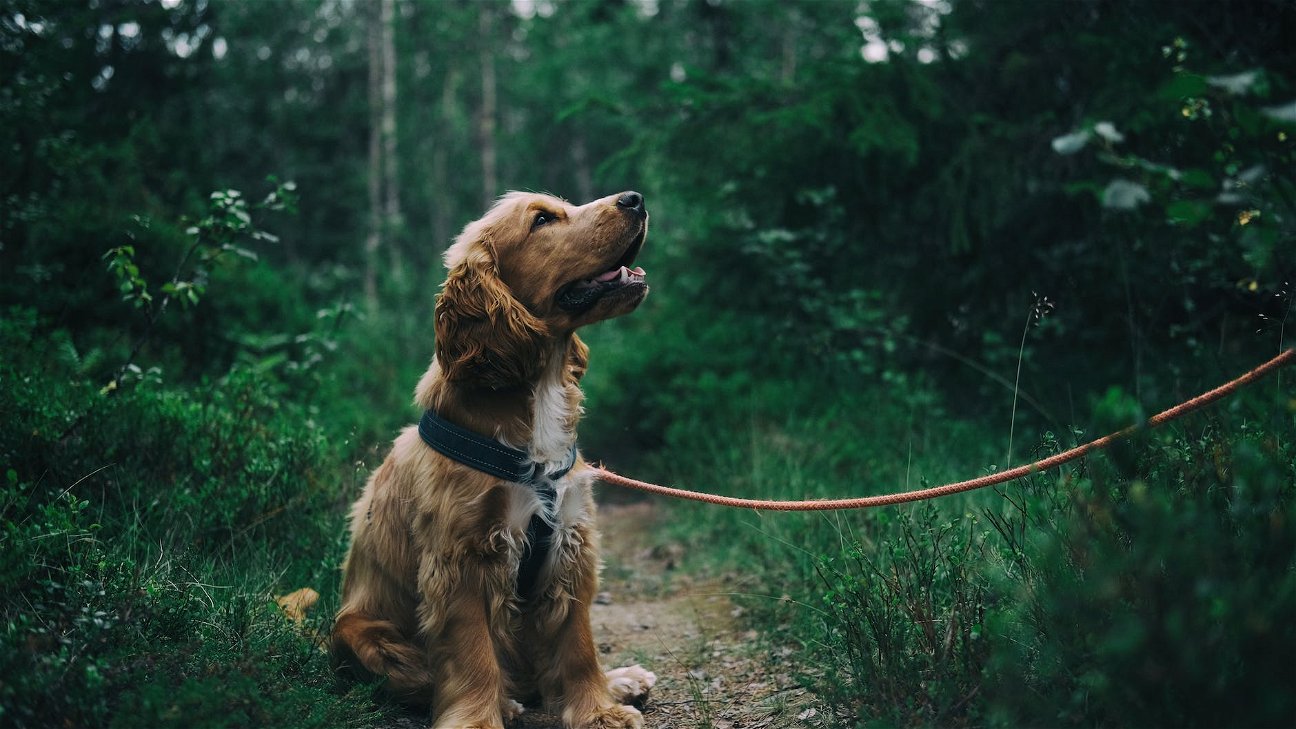
If you've ever found yourself with a fearful pet, you know how heartbreaking it can be. Whether they're scared of thunderstorms, new people, other animals, or just about anything else, fear can be debilitating for our furry friends. The good news? There are plenty of techniques for desensitizing fearful pets and helping them cope with their fears.
Understanding fear in pets
Before we dive into the details, it's essential to understand why pets become fearful. Fear is a normal and essential response to perceived threats. It can stem from a variety of sources, such as past trauma, lack of socialization, or even genetics. In some cases, fear may be a symptom of an underlying health issue, so it's crucial to consult with a veterinarian if your pet's fear seems sudden or unexplained.
Behavioral techniques for desensitizing pets
One of the most effective ways of helping a fearful pet cope is through behavioral techniques. This includes methods like desensitization, counterconditioning, and positive reinforcement.
Desensitization
Desensitization involves gradually exposing your pet to the thing they're afraid of, starting with a low intensity version and gradually increasing the intensity as your pet becomes more comfortable.
For example, if your pet is afraid of loud noises, you might start by playing a recording of the noise at a very low volume. Over time, you can gradually increase the volume as your pet becomes accustomed to the noise.
Counterconditioning
Counterconditioning is another useful technique, which involves changing your pet's emotional response to the thing they fear. This might involve pairing the scary thing with something your pet loves, such as a favorite toy or treat.
For example, if your pet is afraid of other dogs, you might start bringing a favored treat or toy with you on walks. When another dog approaches, give your pet the treat or let them play with the toy. Over time, this can help change their association with other dogs from something scary to something positive.
Positive reinforcement
Positive reinforcement involves rewarding your pet for calm behavior in the face of their fear. This could be with praise, treats, or anything else your pet loves. The key is to reward your pet before they react to the scary thing, helping them to associate calm behavior with positive outcomes.
Socializing fearful pets
Socialization is another important aspect of helping fearful pets. This involves gradually introducing your pet to new people, animals, and environments in a controlled and positive manner.
It's important to note that socialization should always be done at your pet's pace. Pushing them too quickly can be counterproductive and can actually increase their fear.
Professional help for fearful pets
In some cases, professional help may be necessary. This could involve a professional dog trainer, a certified applied animal behaviorist, or even a veterinary behaviorist. These professionals have the expertise to address severe fear and anxiety in pets, and can provide personalized guidance and support.
Here's a quick table summarizing the above techniques:
Remember, every pet is unique, and what works for one may not work for another. Patience and consistency are key in helping your pet overcome their fears. With time, understanding, and the right techniques, you can help your pet feel more secure and confident in their world.











